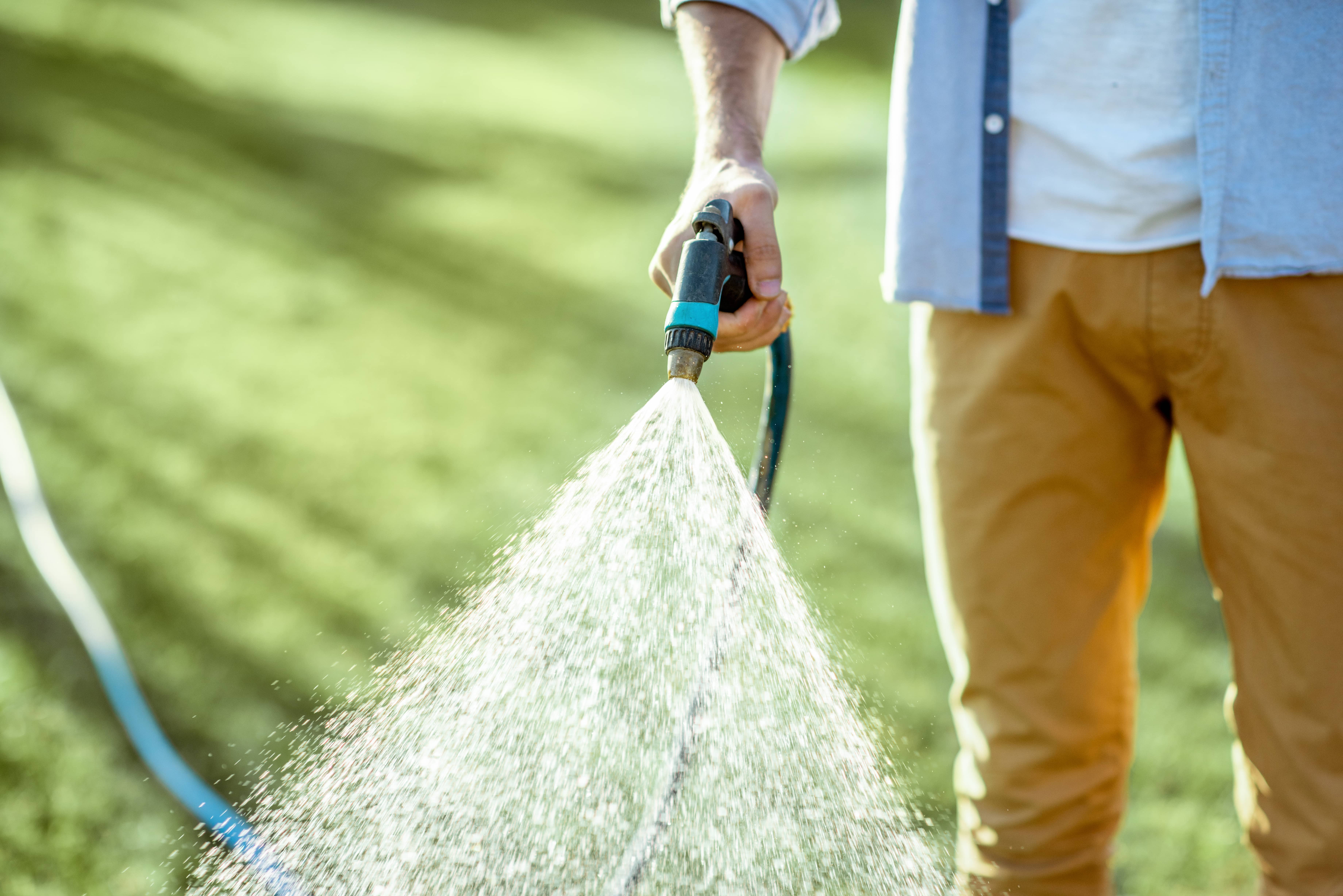
The USU Extension is busy this time of year because there are many folks who are getting outdoors working in their yards and gardens. Like last year, water conservation was a hot topic for the Castle Country area and it looks like those same water-saving efforts will have to be applied again this year. Extension Assistant Professor, Steven Price was able to stop by Castle Country Radio to talk about water conservation.
“Water use especially with your home lawn can be very goal dependent. So some people can not stand having brown spots on the lawn, people like me don’t really care. So understanding your goal and what you’re willing to live with, when you talk to us at the extension or formulating your management plan is really important,” said Price. Last year, our area faced drought like conditions much like how it will be again this summer and the efforts that residents put in last year proved to make a huge difference in saving water.
If you do have areas on your lawn that are dry or brown you can do spot watering instead of over watering the entire area. “If you’re trying to cut back on water, and may be water less frequently but you’re seeing some brown spots, rather than irrigating more often trying to keep up with those brown spots, maybe just water those spots. Drag a hose out, give it a little extra water there. No use in putting extra water out over the whole lawn,” said Price. Another important tip is to leave your lawn a bit longer in length because it helps to reduce the amount of evaporation.
Your lawns should get no more than ½ inch of water per irrigation cycle. If you are unsure about how long to water to get a ½ inch then you can use the tuna can method. “So quantifying that to get the ½ inch per irrigation cycle you can use a tuna fish can, you can use really any can that has straight sides, and go put them out in your lawn, in a grid pattern, run a cycle or part of a cycle, and then measure it. Put a ruler down in the water and see how much water you are putting out. That really gives you a quantifiable way, a yard stick, if you will, to know where you are sitting,” explained Price. The USU Extension also has catch cans available to borrow from their office to help measure water too.
To learn more about water conservation visit the USU Extension website at https://extension.usu.edu/carbon/
